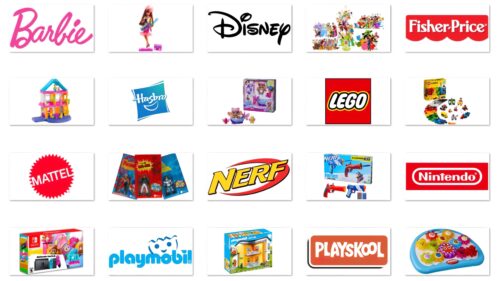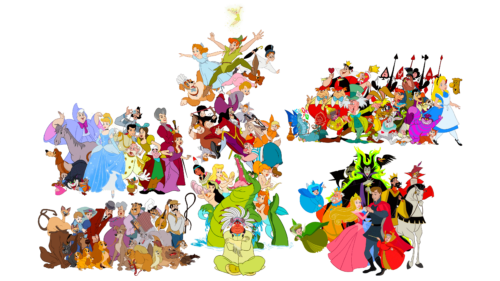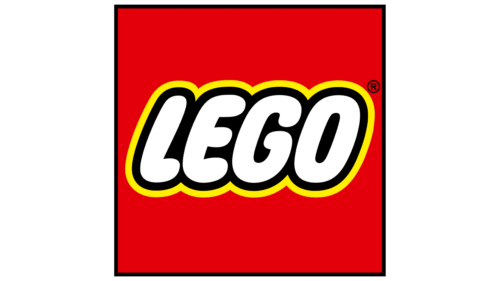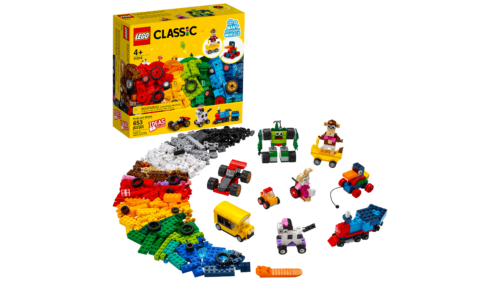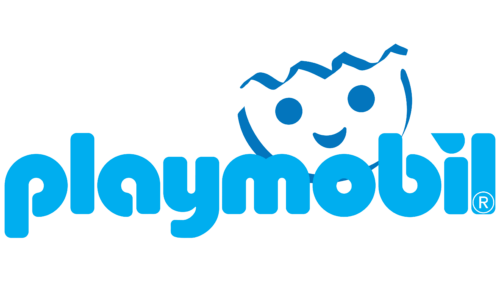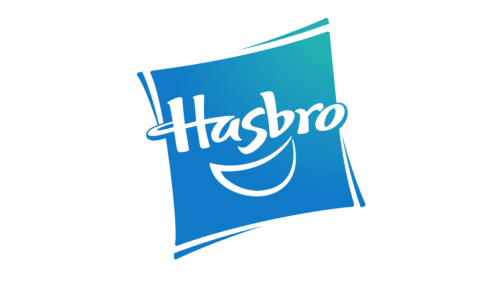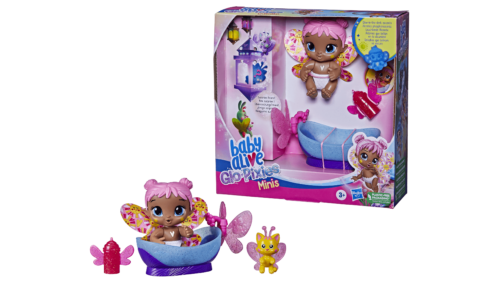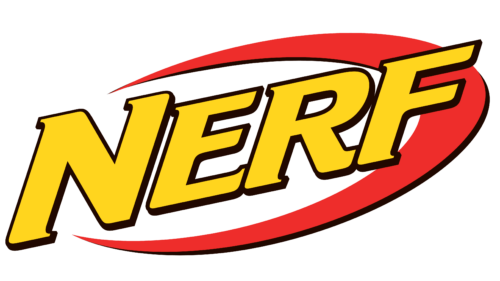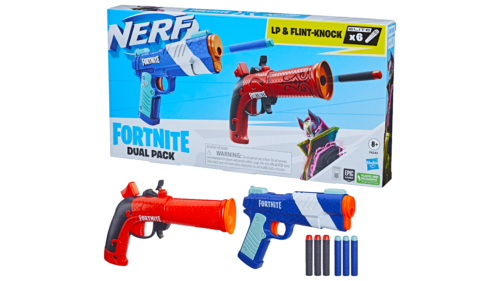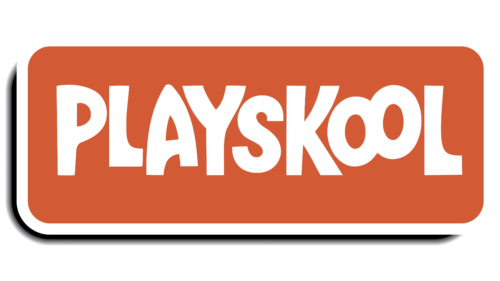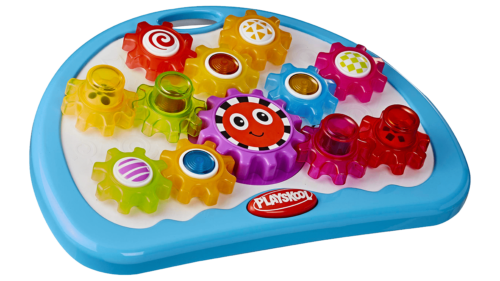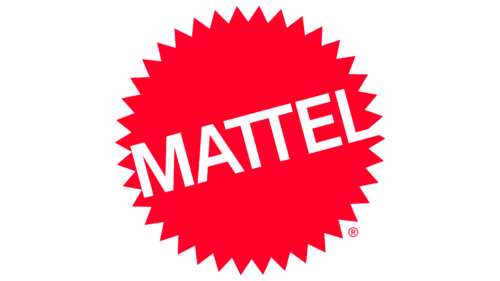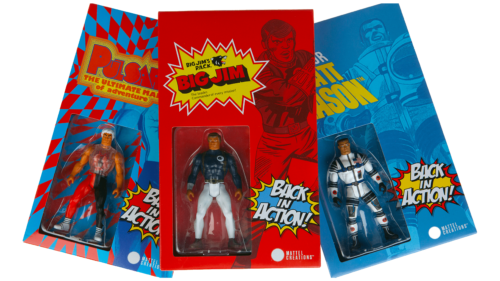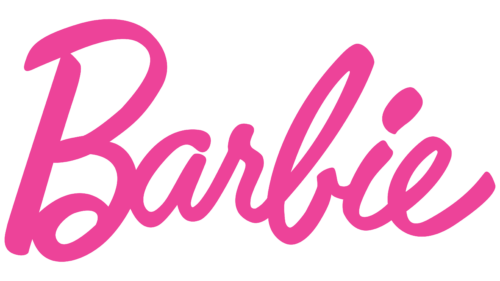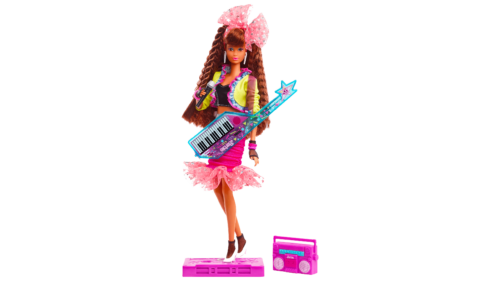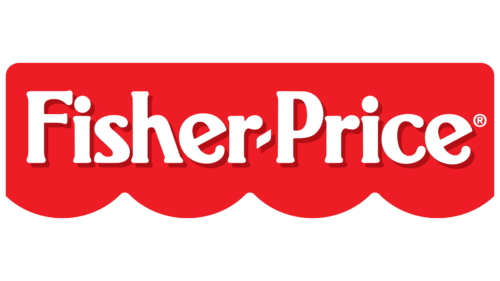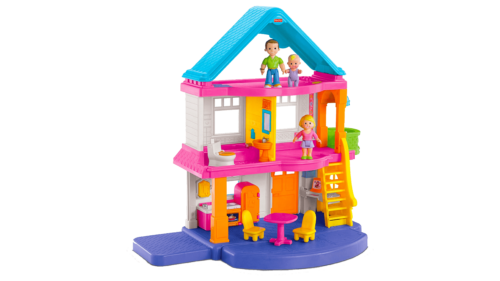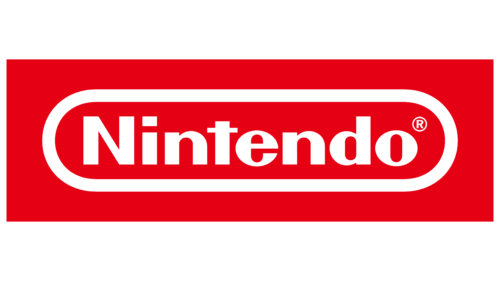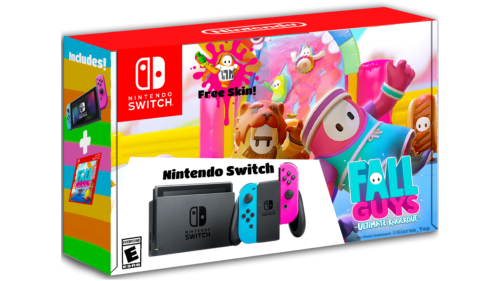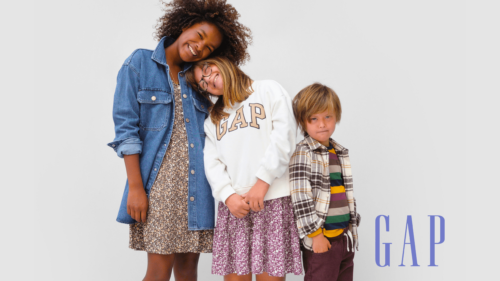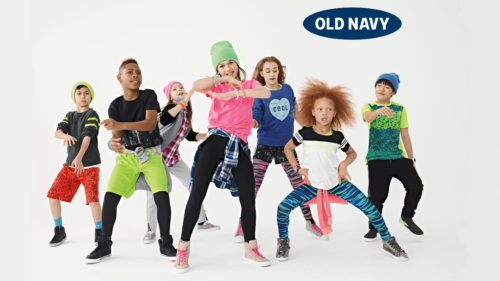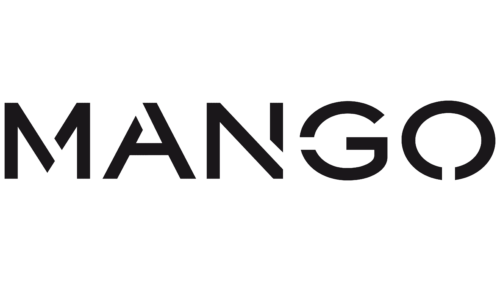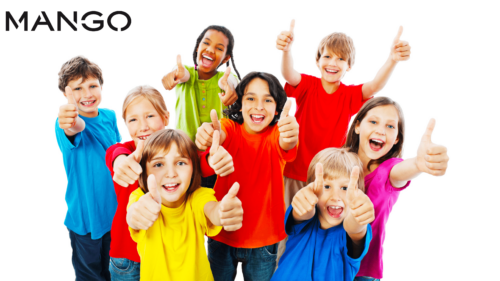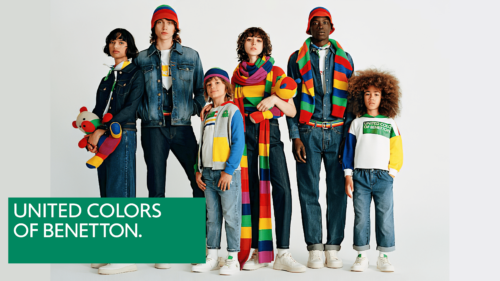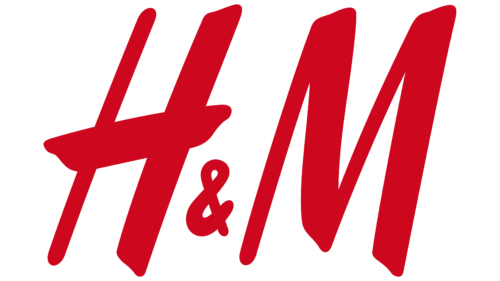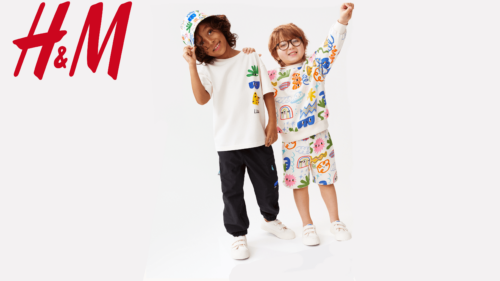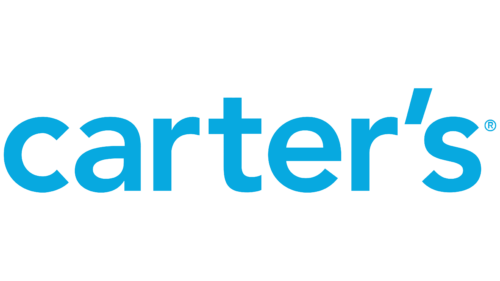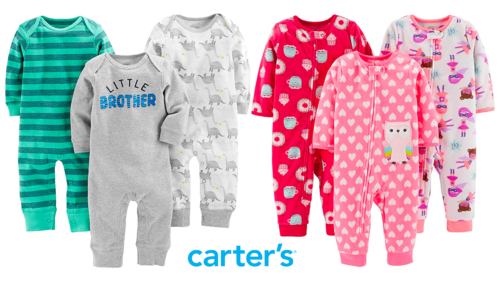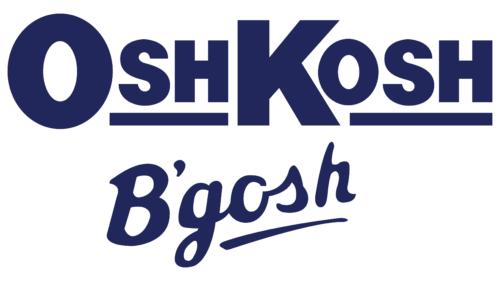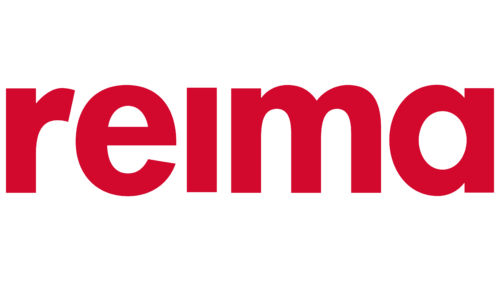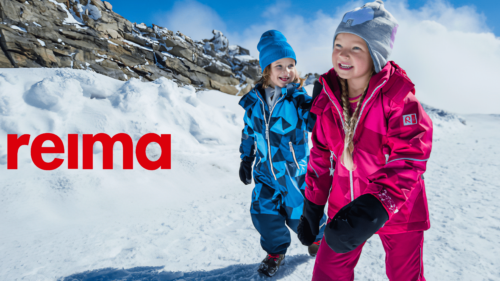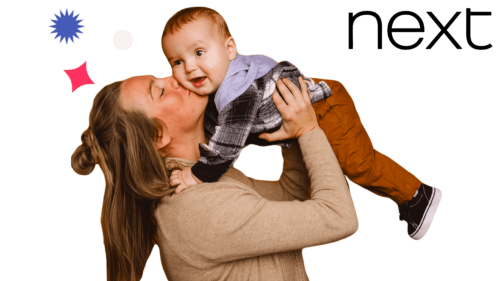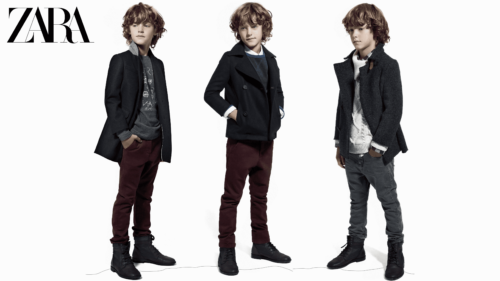Every parent wants the best for their child, but sometimes they start to doubt: is it worth overpaying for a well-known brand name? This is an eternal dilemma.
On the one hand, there are many products of different price categories in stores. The difference in cost is quite significant, and you can always find a cheap alternative to an expensive thing.
On the other hand, it is not only about entertainment for children. When choosing toys and clothes, the question of safety arises because low-quality materials can harm health and even lead to tragedy.
Let’s take a look at the 20 best brands of children’s goods that have passed the test of time. They are divided into two categories and presented in random order.
Kids Toys Brands
World-renowned manufacturers of children’s products strive to outdo each other to impress children and their parents. Creating colorful dolls, bears, robots, construction sets, cars, and puzzles, they try to cause an enthusiastic cry of “I want!” convincing adults to buy another toy, even if there is nowhere to store it.
In ancient times, toys were made from various improvised materials. Egyptians, who lived in the III century BC, carved mini statuettes of cows, tigers, dogs, and cats out of wood. Sometimes, they even showed ingenuity and created figures with moving parts. Ancient Romans and Greeks entertained their children with rattles and noisemakers. It was believed that these objects protect from evil forces.
In the Far North, archaeologists found many toys in the form of rhinos, tigers, and mammoths. Many similar artifacts made of tusks and stones were found in Eastern Europe for tens of thousands of years BC. And if we talk about dolls, the very first of them were discovered during excavations of ancient Egyptian settlements. Their age is more than 4,000 years.
The word “toy” appeared in France during the Renaissance – it was then that mothers began to make homemade soft toys from fabric and straw. In the XIX century, the Steiff factory opened in Germany and began to produce everyone’s favorite teddy bears. In honor of Theodore Roosevelt, the bear was named Teddy.
Modern toys amaze with their “talents”: they can dance, sing, walk, talk, and imitate various sounds. Some even imitate pets. Simpler options attract children with bright colors and unusual shapes.
Of course, a child in the store wants everything at once. But the responsibility for the right choice lies with adults because not all toys are equally useful. So, what should we pay attention to?
- Objects with which children interact should be useful. For example, at an early age, it is important to develop hand motor skills, such as rattles, blocks, rings for folding, construction sets, and an abacus. Puzzles, puzzles, mazes, and board games can be used for the development of logical thinking. The choice of toys should be carried out, taking into account psychological and physiological features.
- Since children are at the most vulnerable age, they should not come into contact with objects that can harm their health. All items should be of high quality and made of certified materials. Also, small parts are not allowed as they can end up in the child’s airways or esophagus.
- In order not to throw away a doll with a fallen-off head, a car with a loose wheel, or a broken constructor, you need to choose durable toys. Here is a universal rule: the more expensive thing, the longer it will last. If, of course, it is produced by a company with a good reputation.
We have compiled a list of the coolest brands of children’s toys imaginable.
Disney
Disney is more than just family theme parks and colorful animation. One of the largest media conglomerates produces toys in the form of fairy-tale princesses, superheroes, aliens, animals, villains, and other characters appearing in animated films.
Bright images of Aladdin, Donald Duck, Mickey Mouse, Hercules, Hulk, Mulan, and Rapunzel are embodied in soft toys and plastic figures. This is a real find not only for children but also for adult fans of Disney. It is worth noting that the products are created in accordance with high-quality standards and are often produced in cooperation with other brands such as LEGO and Hasbro.
LEGO
When it comes to LEGO, this toy brand deserves a special place on the list. It has become famous for its themed constructions dedicated to different professions, places, movies, cartoons, computer games, cars, robots, people, and animals. Each set contains colorful rectangular parts and minifigures.
The brand belongs to the Danish company Lego Group, founded in 1932 by carpenter Ole Kirk Christiansen. At first, the company produced primitive wooden toys. The production of plastic constructors began only 15 years later, when there was a fire in the woodworking shop, and it became necessary to purchase a machine for molding plastics.
Ole Kirk sets high standards and always adheres to them. His successors also follow these rules, so LEGO is a brand with a high reputation. The uniqueness of the constructor lies in the fact that each of its parts is universal. All bricks are interchangeable and compatible with each other.
Playmobil
Playmobil is a trademark of the legendary German company Brandstätter Group, founded in 1876. Its constructors attract the attention of collectors, as some of them are produced in limited series. The basis of the assortment is figures with a height of 7.5 cm. They are sold separately and in sets, including animals, cars, buildings, and accessories. There are also characters with heights of 5.5 cm and 3.5 cm. Many of the toys have movable elements, but special solid versions are available for the youngest ones.
Hasbro
Back in the 1920s, Hasbro was called the Hassenfeld Brothers and produced colored pencils and modeling clay. In 1952, they began producing Mr. Potato Head, a plastic figure with a large oval head to which ears, eyes, mouth, and hat could be attached. In 1964, the product line expanded to include figures for boys under the G.I. Joe brand.
The corporation received its current name in 1985, three years after the release of the famous My Little Pony series of figures. Around the same time, a line of Transformers toys was launched, which featured robot figures capable of transforming into various vehicles.
Hasbro now owns many entertainment television channels and video game development studios. However, the company is still the largest manufacturer of toys for children of different demographics.
Nerf
Nerf is one of Hasbro’s brands. It produces baseballs, basketballs, soccer balls, and boffers – soft sticks to simulate hand-to-hand combat. But children especially like toy blasters, foam ammunition, and electronic targets to test their marksmanship. Suction cup darts attach to smooth surfaces, and Velcro darts to special vests.
The manufacturer offers different types of blasters:
- Rebelle – turquoise, purple, and pink for girls;
- Zombie Strike – in the style of zombie apocalypse;
- Nerf Ultra – with the longest-range darts;
- Super Soaker – shoots water;
- Lazer Tag – with iPod Touch and iPhone connectivity.
Playskool
The Playskool brand, like the previous one, is owned by Hasbro. But it was not always so – from 1928 to 1938, the company was called The Playskool Institute and was a part of John Schroeder Lumber Company. Its main products were educational aids for schoolchildren.
After a series of changes of hands, Playskool ended up in the Hasbro company. The new owner began to sell under this brand all its educational toys for preschoolers. Among them were wobblers Weebles, trucks Tonka, and funny figure Mr. Potato Head. In addition, there were series devoted to the heroes of children’s TV programs.
Mattel
The company that now sells Barbie Dreamhouse used to make furniture for dollhouses using wooden scraps from picture frames. Toy manufacturing wasn’t Mattel’s core business. But then things changed: in 1947, a small ukulele for children was released, which started a new business – the production of musical toys.
Over time, the company introduced three lines of dolls: the fashionable Barbie, her friend Ken, and the “talking” Chatty Cathy. In 1968, a new brand of toy cars debuted: Hot Wheels. It was created for children but became very popular among collectors due to its high level of detail.
In addition, Mattel owns the Magic 8 Ball – a round plastic ball that gives answers to any question. It was created by Albert C. Carter, who was inspired by the work of his psychic mother. The company bought exclusive rights to this toy and, a few decades later, acquired another famous brand – UNO.
Barbie
Barbie dolls revolutionized the toy industry, becoming the dream of many little girls. However, critics accused the brand of promoting a glamorous lifestyle and unattainable ideals of beauty. Despite the discontent of some adults, the dolls continued to exist and even served as the basis for a huge multimedia franchise.
Barbie is an era that began in 1959. However, it would not have existed if Ruth Handler had not stumbled upon the German Bild Lilli doll. She and her husband worked for Mattel, so they bought the eye-catching brand and changed the look of the toy a bit – primarily the manufacturing material, hairstyle, and accessories.
Fisher Price
Wooden toys with strings are long gone. Today, Fisher-Price produces safe soft toys, plastic dolls, cars, and construction sets. Especially the well-known series Little People, which includes separate figures of people and animals, as well as whole sets from which you can build cities.
The range of Fisher Price products is focused on preschoolers, so all toys are useful and educational. For example, the Rescue Heroes series familiarizes children with the professions of rescuers, firemen, or policemen. And the Imaginext worlds provide endless scope for imagination.
Nintendo
The famous Japanese manufacturer of video games and consoles gets additional income from souvenir figurines resembling the favorite characters of gamers. Characters from Splatoon, Animal Crossing, Super Mario Bros., and The Legend of Zelda have become collector’s items for kids and adults alike. Nintendo produces themed plush toys, PVC figurines, and plastic models.
Kids Clothing of Famous Brands
Any clothing, especially children’s clothes, should meet quality standards. Therefore, when choosing clothes, it is necessary to pay attention to the following factors:
- durability – the higher the quality of the thing, the longer it will last;
- comfort and convenience – rough details and seams that rub the skin are undesirable;
- practicality – things should be designed for the mobility of the child;
- the right fabrics – priority is given to hypoallergenic, breathable materials.
However, safe fittings and comfortable anatomical cuts are only one side of the coin. Many parents want their children’s clothes to be bright, unusual, and fashionable. Yes, it is fashion that pushes manufacturers to experiment. It depends on fashion, which brand will reach the pinnacle of fame and which will not even get into the list of the best.
World manufacturers strive to stay on trend, taking into account an extensive list of requirements for children’s clothing. Let’s find out who manages it best of all.
GAP
The American company GAP is not limited to clothing for adults. It has a division, GapKids, which is engaged in the production and sale of children’s things – from summer sandals and swimsuits to winter sweaters and down jackets. A wide selection of outdoor and home clothing allows you to put together a closet for any season.
And, of course, where without jeans? It was GAP that popularized them, turning them from working suits into fashionable attributes. Denim shorts, skinny jeans, classic cut pants – this is just a small part of what the manufacturer offers.
Old Navy
Old Navy is one of the many brands owned by the company GAP. It produces relatively affordable clothing for both children and adults. Despite the fact that the brand belongs to the mass-market category, its products are of high quality and correspond to modern fashion trends.
Mango
Spanish company Mango is known for its love of restrained style, but for children, it made an exception. The line of children’s clothes pleases with bright colors and unusual prints that will appeal to the younger generation. The assortment is divided into several categories depending on gender and age:
- for newborns;
- for boys and girls up to 6 years old;
- for children 6-14 years old.
This is a complete set of clothes, including pajamas, skirts, joggers, jeans, T-shirts, shirts, jackets, coats – in short, everything, right down to underwear and socks.
United Colors of Benetton
United Colors of Benetton is another clothing manufacturer that has not forgotten about children. Every season, they release new collections, adapting to the current trends. If in summer it is bright, knitted, and lightweight things, then in winter – cozy soft sweaters and comfortable jackets.
In addition, this brand is very progressive. Among their products, you can find items made of organic cotton grown without pesticides and eco-viscose, which is considered a high-tech material. In other words, Benetton produces not only fashionable but also safe clothing.
H&M
Swedish company H&M also offers children’s products: it offers a wide range of clothing and accessories for the whole family without limiting itself to any specific target audience. Despite the fact that the company has been repeatedly involved in scandals related to poor working conditions and negative impact on the environment, its products remain popular.
Europe’s largest retailer of street and casual wear is especially popular among teenagers, as its clothes are very stylish. Modern cuts, unusual prints, and bright colors allow everyone to show their individuality.
Carter’s
Carter’s was founded in 1865 and is named after its founder, William Carter. The company specializes in products for newborns and children, produced under several brands known both in the United States and abroad.
According to statistics, about 90% of American millennial parents made at least one purchase at Carter’s retail stores in 2018. The level of trust in this manufacturer is quite high, as it offers a full range of children’s clothing and shoes made of quality materials.
OshKosh B’Gosh
OshKosh B’Gosh has been owned by Carter’s since 2005 and specializes exclusively in children’s products. Therefore, they know better than anyone else what babies and teens of different ages need. The company became famous in the early 20th century for its wide range of overalls and dungarees. Parents liked to dress their babies in the same style as adults. Now, OshKosh B’Gosh produces overalls, as well as various T-shirts, jeans, sweaters, shirts, pants, and accessories.
Reima
Scandinavian brand Reima is focused on keeping kids warm. Therefore, its range includes the warmest, most comfortable, and most fashionable clothing and footwear. Waterproof jackets are designed for children who like to play in the snow or walk in the rain. Reimatec winter overalls can withstand even 20-degree frost, as they are designed with modern technology.
When the company first appeared (in 1944), it tried to turn military uniforms into durable and reliable clothing for children. Now, there is no reminder of this: cheerful prints and bright colors are filled with optimism and are associated only with fun.
NEXT
The NEXT retail chain is a real find for those who want to dress their child stylishly and beautifully. The fact is that the British manufacturer develops clothes not only for adults but also for children. These things are characterized by more cheerful prints and a loose cut, which does not interfere with active games.
Several hundred NEXT outlets offer clothes for all occasions: for school, walks, and sports. Boys and girls feel comfortable in such clothes at any time of the year.
Zara
The Spanish brand Zara, a member of the Inditex group of companies, also has a line of children’s goods called Zara Kids. It includes overalls, dresses, shorts, jeans, windbreakers, jackets, sweatshirts, T-shirts, and other things of various styles. Both school uniforms and casual clothes are made of ultramodern materials. Such fabrics are characterized by wear resistance, durability, and bright colors.

